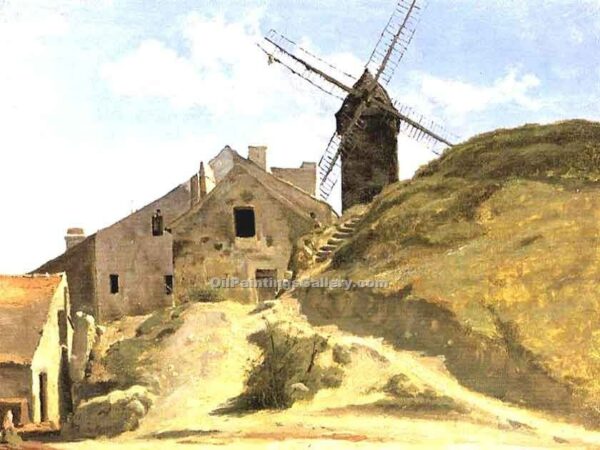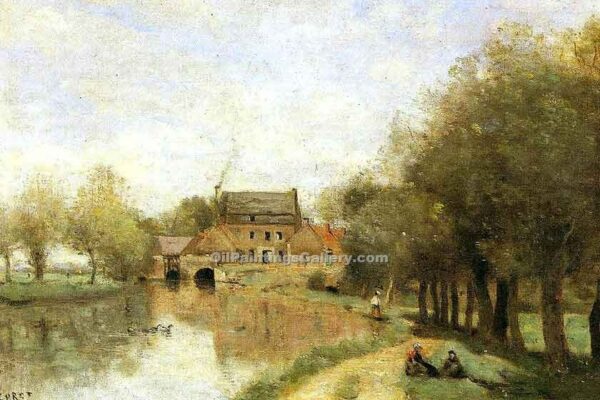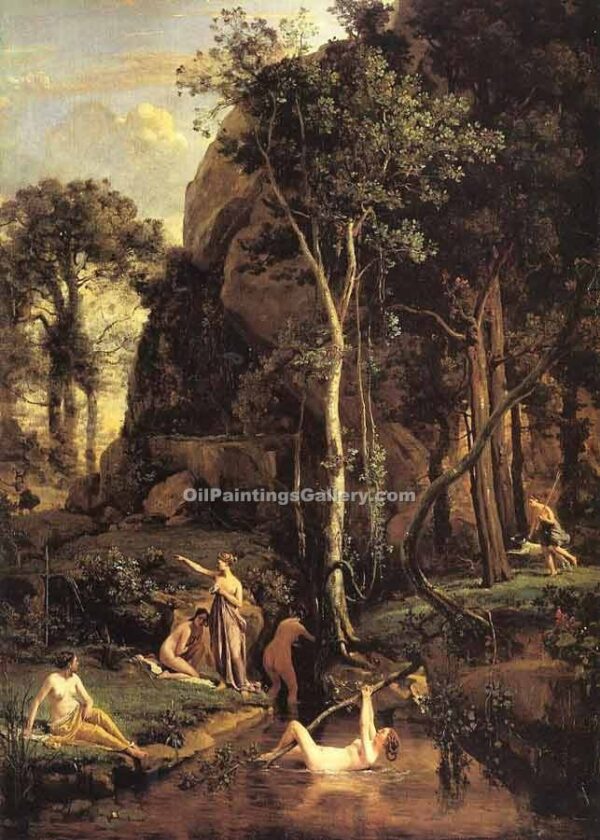Artist: Corot Jean Baptiste France 1796 to 1876
Showing 1–12 of 54 results
-
A Shady Resting Place
-
A Village near Beauvais
-
A Village Steeet Dardagny
-
A Windmill in Montmartre
-
Arleux du Nord the DrocourtMill on the Sensee
-
Basilica of Constantine
-
Bell Tower of the Church of Saint Paterne
-
Civita Castellana and Mount Soracte
-
Civita Castelland Buildings High in the Rocks
-
Diana Surprised at Her Bath
-
Entrance to a Chalet in the Bernese Oberland
-
Evening Distant Tower
Jean-Baptist Corot was born in Paris, France. He entered the studio of Michallon, a painter his age who had won the central Prix de Rome for scene painting in 1817. Corot worked at Saint-Cloud outside Paris, a typical destination for youthful landscapists, and in Fontainebleau’s Forest. On Michallon’s demise, Corot moved to Jean-Victor Bertin’s studio, a lot more seasoned, more traditionalist scene craftsman. In 1825 he headed out to Italy; among his first paintings in Rome was an image of the rooftops outside his window in Valenciennes’ copying. During 1826-28, he generally voyaged in the Roman Campagna, making drawings and Plein-air oil outlines. Corot’s late scenes are among the most pursued and influential paintings of the nineteenth century, yet the way he followed this achievement was intensely individual. Corot combined genuine regard for old-style scene principles with a profoundly felt personal vision that regularly gives his work a startling naivete. His abilities with a paintbrush were hard-won. However, his incomparable eye for unobtrusive shading variety appears to have been inborn. Corot is typically connected with the Barbizon school of scene painters, a significant number of close companions. However, Corot’s scenes themselves regularly share all the more practically speaking with the seventeenth-century Poussin paintings or the turn-of-the-20th century organizations of Cezanne.











